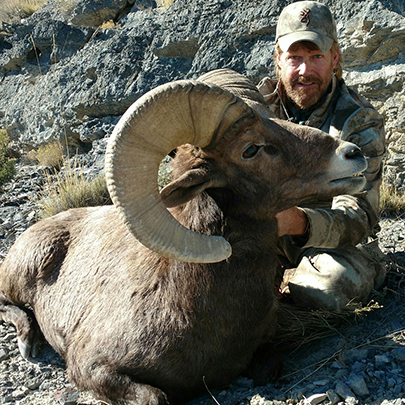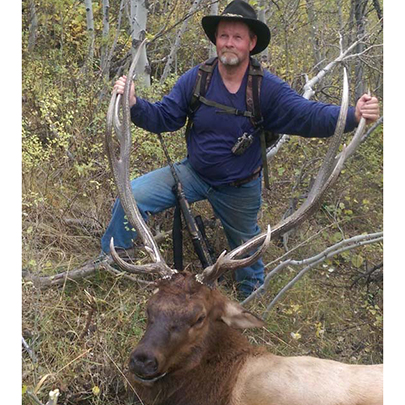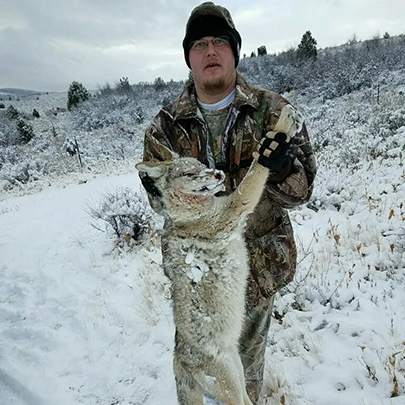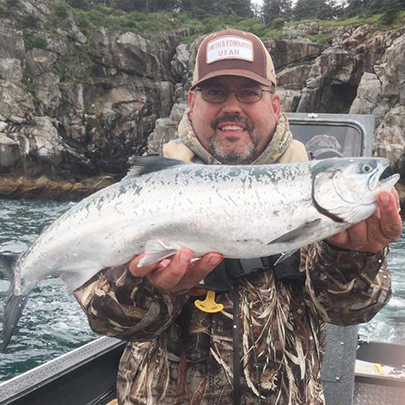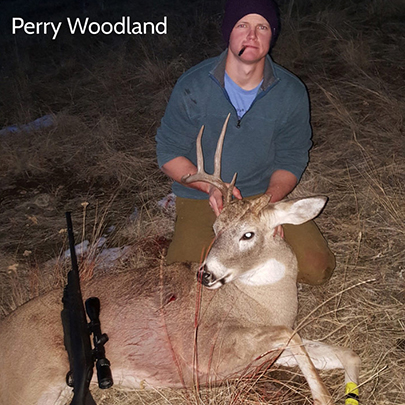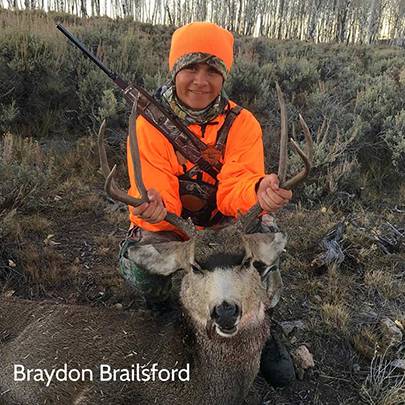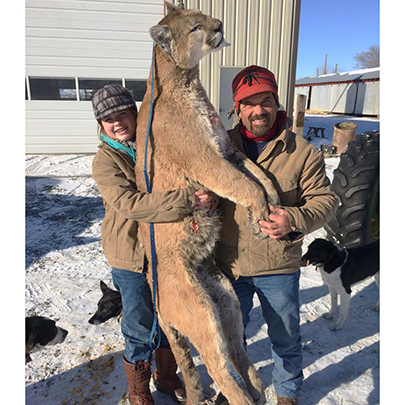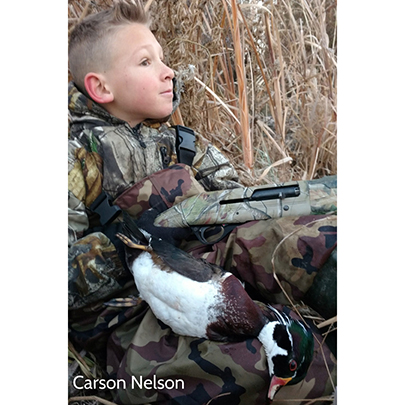
Alicia Teuscher with USU Extension – Weber County 4-H
I had the pleasure of talking with Alicia Teuscher, an Extension Educator with the Utah State University 4-H Program. The Weber County 4-H program has many different departments, but the main program that people think of when working with 4-H programs is the livestock department.
Beginning with Clover Bud, at age 5 to 8 children can participate in some activities at a basic level. There are livestock showing opportunities for Clover Buds, which helps participants build confidence in themselves as they move to the 4-H club when they reach 8 years old.
From Clover Buds, youth work their way up to the state level as they become involved in 4-H programs in high school. 4-H members can become an officer at state level and even participate in national conferences as well.
As you build confidence in showing your livestock, you build confidence in yourself and become more responsible. Building a skill level always takes time and patience, but the reward of being able to show your hard work is what makes the livestock department so important.
How Your Kids Benefit from Showing Livestock
As you build your confidence in showing your livestock, you build confidence in yourself. Alicia told me, “4-H and doing the demonstrations that I did, and going to conferences and being a state officer, helped me to overcome my difficulty of public speaking and the ability to show my livestock with confidence.”

Kennedy Douglas with her hog. Kennedy won Reserve Senior Class Showmanship at the Weber County Fair – congrats Kennedy!
One of the big benefits of doing livestock is learning to take care of animals. There’s so much you can learn as far as grooming, feeding, fitting – and having the proper shelter as well.
There is a lot of responsibility with raising livestock, because you clean up after them and make sure that their habitat is taken care of & uncluttered so your animal stays safe. As you gain confidence, you learn how to train your animal.

Wells Thompson walking his hog. Wells raised the Grand Champion hog at the Cache County fair last year!
Training is important and taking the time to prepare and show your animal. Being able to lead the animal, set up the legs, and keep the animal between you and the judge at all times are key elements to showing your livestock. Tip: Keeping eye contact with the judge is very important to showmanship.
Getting Ready for the Show
Preparing your animals for the show takes a lot of time. A child works with their animal for months before the show: weighing and charting, walking, and grooming their animal as it grows. Luckily, there’s a lot of support and resources to guide 4-H members with their steer, lamb, or hog. Then in the summer, it’s time to get ready for the big event.
Fitting, as it is called, requires you to shear your livestock right before a show. You’ll also trim the hooves and wash them with specific soap that is safe for them. You learn how to scrub and wash your animal; for example, in between the hooves and under their belly and legs. You can also learn how to shear your animal: this is an important skill because shears are sharp, and the animal can be cut easily.
There are many different animals that are a part of livestock showing. Steers, lambs, and hogs are a few that are presented and auctioned off during these shows. “When looking for an animal for the fair you want to look at their health: that they have good feet and legs, the width and length of the animal, and their breed character.”
“The biggest thing is to practice, so it becomes second nature. With lambs you use a halter that helps them to be able to lead and set up for a show,” Alicia advised.
With hogs, you don’t use a halter – rather, a leading stick that helps them to follow your lead. With steers you use a halter as well as a leading stick to help them with posture and form. “It takes a lot of time and patience to train the livestock. They spend a lot of their summer training these animals for the shows.”
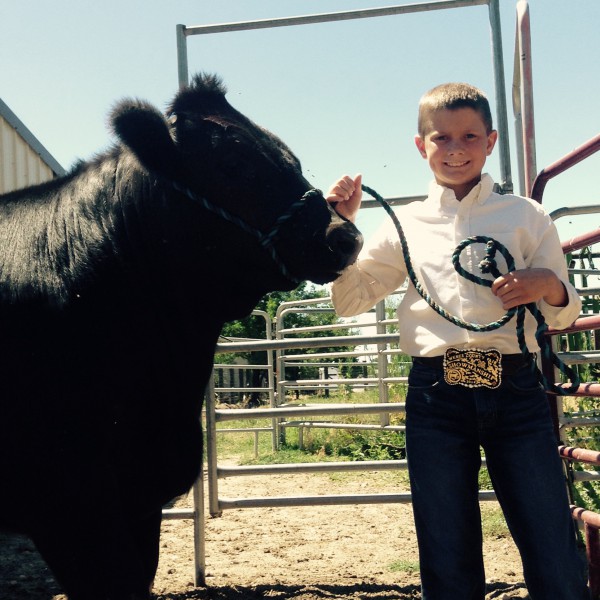
Gavin Douglas and his steer (and showmanship buckle!)
How your kids can get started
Getting into the program is simple! There are offices you can call to get involved in, and even as an adult you can sign up as a volunteer. If you have several children interested, you can sign up as a family group. There are so many different resources and clinics that help you become involved and learn more about your livestock and the proper ways to show and train your livestock.
If you are in Weber County, reach out to Alicia’s office at 801-399-8206 or WeberCounty4-H.org to get your son or daughter involved. You can also find Utah State University Extension on Facebook!






























